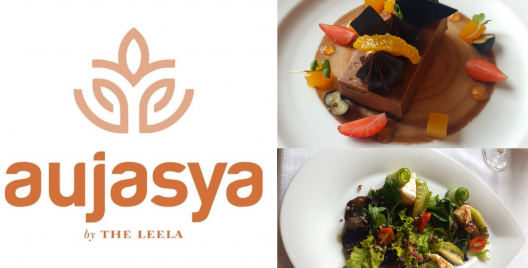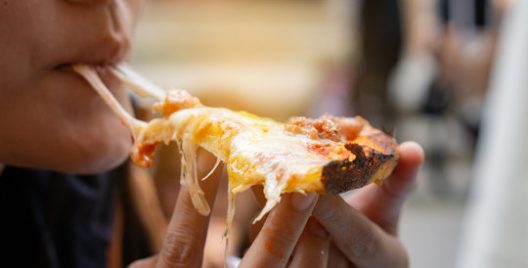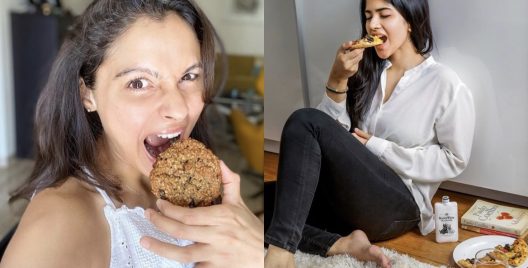Through the crowded airport, the swarms of money exchange tellers with smiling faces and the sultry air, one cannot help but feel at home in this exotic Indonesian island. It has been a haven for tourists for various reasons, and as you wander through the streets to get to your hotel, you see why. It is possibly the cleanest island getaway in all of Southeast Asia. The people have warm smiles and the Balinese cuisine is rich, colorful, flavorful and definitely mouth-watering for any palette!
BALINESE CUISINE
- The food in Bali is rich Indonesian curries, meats and grills. Very popular is nasi goreng, a soft and crunchy fried rice dish presented by countless restaurants as a standard dish. Mie goreng signify wheat-flour noodles fried in coconut oil, with eggs, meat or seafood, tomatoes, cucumber, shrimp paste, spices and chillies.
- Rice is a Balinese staple. Since time immemorial, rice has hogged the largest part on the menu. It forms almost 90% for every portion of meal quota. So, Balinese word for meal is “nasi” meaning rice. Both nasi goreng and mie goreng are common breakfast dishes. If you see “istimewa” or special written after either dish, it usually means that it is topped with a fried egg.
- There are two Balinese specialties that should not be missed. ‘Babi Guling’ and ‘Bebek Betutu’ are must-tries. The former is pieces of grilled pork with delicious crispy skin and the latter a duck delicacy, where the fowl is marinated with many different herbs and spices, wrapped in banana leaves and then baked over a low flame.
- Gado-gado is a healthy Javanese salad with a combination of potatoes and vegetables, smothered with a hearty quantity of spicy peanut sauce – a boon for peanut butter enthusiasts! Soto, usually served for breakfast, comprises of santen or coconut cream that is added to a soup. On the other hand, sop is synonymous to a meat and vegetable stew except that only water is added. Chinese cap cai is another widespread, nourishing dish, which is a type of meat and/or vegetable chop suey.
- Dining in Bali gives you variety. You can either choose from a five star restaurant or a breezy open sided bamboo café. There are dozens of restaurants on the streets of Kuta, Legian, Ubud, Sanur, Lovina and other tourist areas. The night market eateries are not for the fainthearted, but are worth a shot for those who like to experiment.
- Even if you cannot work up the courage to eat in the markets, you should at least visit one for the smells, sights, hustling bustling energy and noises that define the street markets. Ubud which is hugely an organic based restaurant community, is great for those health conscious freaks in Bali to tone up. Some of the best cafes in each area are given below. Be sure not to miss out on these while hunting for food in Bali.
- Bali Buddha Café in Ubud is an all raw, vegan café suitable for those who eat organic raw produce. Do try the sandwiches and juices.
- Aromas Café in Kuta has fabulous vegetarian fare, known for its consistency and taste.
- Zulas in Kuta is a vegan, gluten free café option for those that have strict dietary requirements and wish to hang out with the yoga enthusiast crowd in Bali. Be sure to grab fresh coconut water while on your way out.
- The best time to visit Bali is during the dry months, May to September, when humidity is low and the monsoon won’t dampen your activities. The wet season is between October and April, so stay clear of beach activities during this time.














